The Influence of Material Type to Die Design
March 20, 2020When talking about the dies themselves, they are known to be a unique precision tool that can cut and form sheet metal into a desired shape or profile. They have cutting and forming sections that are made from durable materials. Given their importance, the overall design of your die must employ cost-effective methods for you to effectively produce a diverse range of things and products.
One key aspect of die design is the material itself. Without knowing the key elements of your die material, the die may fail on performing its intended purpose in the middle of its use. So, when you are trying to work on the die design, you must exactly know the type of material that you are working on. After all, your material type has a direct and great impact on your final die product.
Manufacturability
The ductility, stretchability, and malleability of metals vary depending on their properties, which makes some of them more or less suitable for deep forming. For instance, designing a multistep and deep-drawn part out of DP980 steel would defy its physical capabilities and may cause part failure. Alternatively, using a low-carbon, deep-drawing steel for a part design might be more doable.
Tool Steel Type
Premium-grade tools out of tool steel or solid carbide are required when you manufacture parts with abrasive materials. These abrasive materials include high-strength steel, spring steel, stronger-grade high-strength steel, low-alloy steel, and superalloys. The tooling cost when matching the tools with the material will surely be affected.
Die Coating Type
A lot of dies can only be used if they are already coated. Depending on the metal used, some dies require special antifriction, high-wear surface coatings to make them effective. These coatings include titanium carbide or specialised duplex coating.
Steel Thickness
Materials with high tensile strength require greater force for them to be cut and formed. Hence, thicker tool steel sections are required when they are subject to die design.
Press Capacity
High-strength steel requires more tonnage to form and cut when compared to lower-strength steel. Some materials are also very sensitive to strain rate and forming speeds, making them more suitable to slower-speed press.
Lubricant Chemistry
A huge amount of heat is generated whenever high-strength materials are formed and cut. To help reduce the amount of heat as well as friction, additives such as chlorine, sulphur, fats, waxes, and oils are added to the lubricant of forming and cutting machine. However, these additives must be removed from the formed part before painting, adding more expense to the manufacturing process.
Number of Stations
Most high-strength materials require more stations to make the part geometry. When manufacturing products out of high-strength materials, a manufacturer would require secondary restrike or requalifying stations to compensate for the metal’s springback action. Springback occurs whenever the material tries to return to its original shape after being processed and bent.
These factors that revolve around material type can heavily influence your die design. If you have more questions about dies, you can always give us a call at Gunna Engineering. We take pride in producing the highest quality punches, dies, and blades in the market right now.
Optimized by: Netwizard SEO


